The Ultimate Fiber Snack List for Health-Conscious Snackers
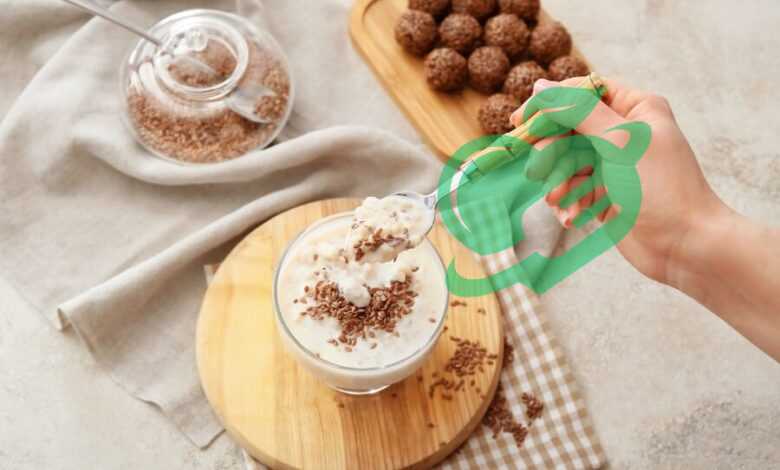
Importance of Fiber in Snacks
Fiber, often overlooked, is a powerhouse nutrient that plays a significant role in our overall health, particularly when it comes to snacks. Increasing fiber intake, especially through snacking, can promote a feeling of fullness, make digestion smoother, and significantly contribute to overall dietary balance. For those who reach for a midday snack, incorporating fiber can elevate the nutritional profile of what might otherwise be a simple indulgence. From crunchy vegetables to nutty treats, fiber-rich snacks provide more than just taste; they offer a host of benefits that contribute to a healthy lifestyle. Consider the difference between a handful of chips and a bowl of fresh carrot sticks with hummus. While the chips may provide a quick and tempting crunch, the carrots deliver essential nutrients, fiber, and even hydration. By selecting snacks that are high in fiber, individuals can turn not just a moment of hunger into a satisfying experience but also support their long-term well-being.
Benefits of Fiber for Health-Conscious Individuals
For health-conscious individuals, the benefits of fiber-rich snacks are plentiful. Here are some key advantages:
- Digestive Health: Fiber helps to regulate bowel movements and prevent constipation, promoting a healthy gut.
- Weight Management: High-fiber foods take longer to chew and digest, leading to increased satiety. This means that a fiber-rich snack can help curb hunger pangs and prevent overeating.
- Blood Sugar Control: Fiber slows down the absorption of sugar, helping to maintain stable blood sugar levels, which is essential for managing energy levels and mood throughout the day.
- Heart Health: Many fiber-rich snacks contain soluble fiber, which can help lower cholesterol levels and support overall cardiovascular health.
Incorporating fiber into everyday snacking can transform meal times and contribute to a more balanced diet. It’s not just about choosing healthy options; it’s also about indulging in snacks that genuinely nourish the body and mind.
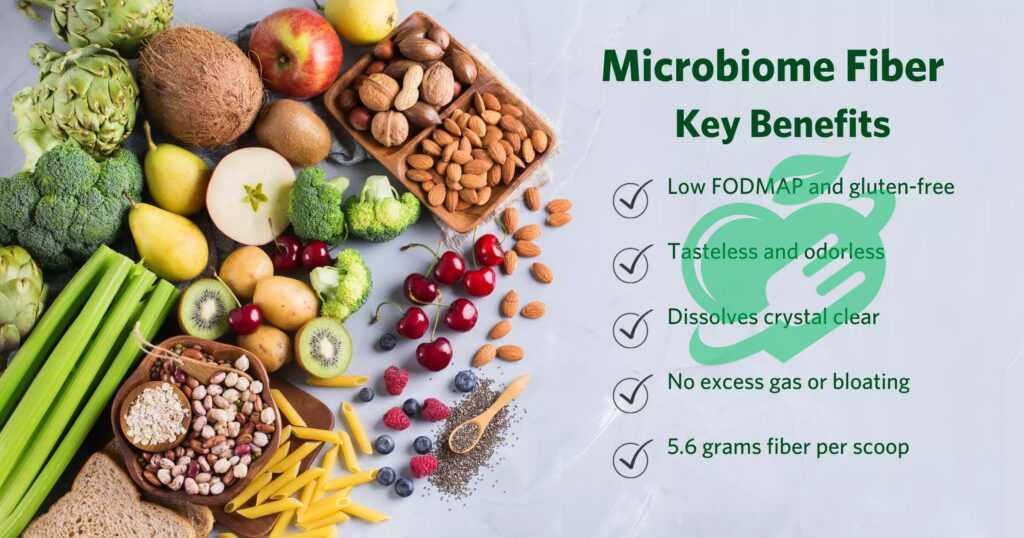
Types of High-Fiber Snacks
Fruits and Vegetables
When it comes to high-fiber snacks, fruits and vegetables are at the forefront. Nature’s candy, and fruits are not just delicious but also packed with dietary fiber. For example, an apple with its skin contains about 4 grams of fiber, making it a perfect on-the-go snack. Vegetables, too, offer a crunchy way to boost fiber intake. Consider the following options:
- Carrot Sticks: Crunchy and sweet, with about 1.7 grams of fiber per medium carrot.
- Broccoli Florets: Raw broccoli can provide about 2.4 grams of fiber per cup.
- Berries: Raspberries and blackberries are particularly high, boasting around 8 grams of fiber per cup.
Whether blended into smoothies, diced in salads or simply enjoyed raw, fruits and vegetables should always be a staple snack choice.
Nuts and Seeds
Nuts and seeds are another excellent source of fiber, making them the perfect complement to those afternoon snack cravings. They not only provide fiber but also healthy fats and protein, making them incredibly satisfying. Here are some popular options:
- Almonds: About 3.5 grams of fiber in just 1 ounce (roughly 23 almonds).
- Chia Seeds: A powerhouse ingredient, these tiny seeds pack about 10 grams per ounce and can be sprinkled on oatmeal or blended into smoothies.
- Walnuts: With about 2 grams of fiber per ounce, they are a great addition to salads or enjoyed as a quick snack.
These nutrient-dense snacks are versatile and can easily be incorporated into various recipes for a fiber boost.
Whole Grain Products
Whole grain products, including bread, crackers, and cereals, are essential for adding fiber to the diet. Unlike refined grains, whole grains retain the bran, germ, and endosperm, providing a wealth of nutrients. Some high-fiber whole-grain options include:
- Oatmeal: A warm bowl can contain about 4 grams of fiber per cup.
- Whole Grain Bread: Two slices could offer around 6 to 8 grams of fiber.
- Quinoa: This protein-rich grain packs about 5 grams of fiber per cup cooked and can be a fantastic base for salads.
Choosing whole grains over refined options can lead to a more satisfying snack experience while keeping fiber levels high. By mixing and matching these various high-fiber snack types, one can create a diverse and enticing snacking routine.
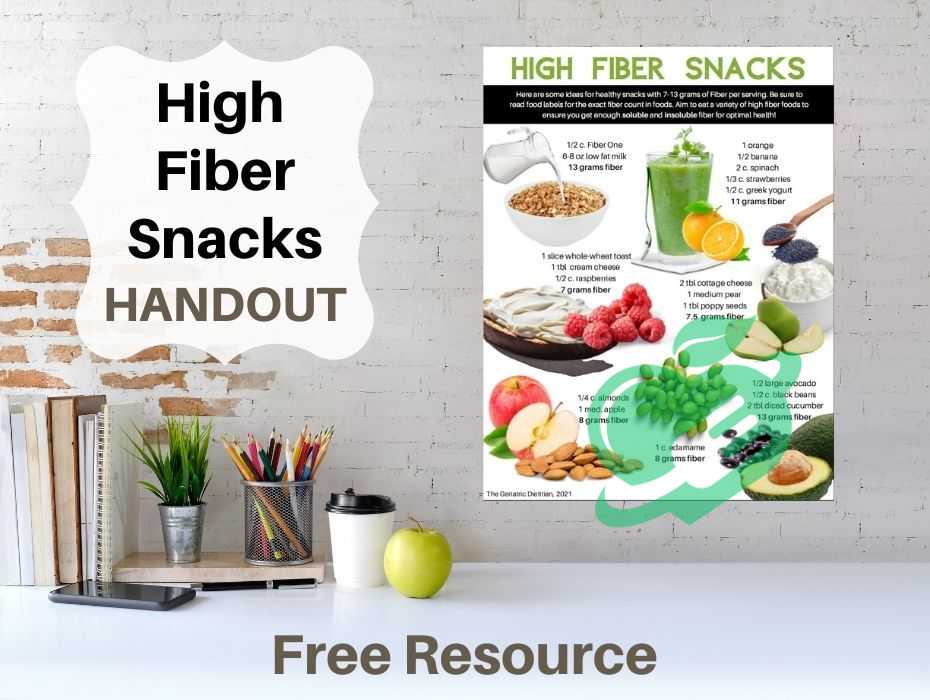
Ready-to-Eat Fiber Snack Options
Having a go-to selection of ready-to-eat fiber snack options can make a world of difference, especially for those with busy schedules. These handy snacks are not only convenient but also ensure that fiber is easily integrated into daily meals.
Fiber Bars
Fiber bars have gained immense popularity for their portability and taste. They make a great companion during hikes or simply when rushing to work. While browsing through the snack aisle, it’s essential to pick bars that deliver fiber content. Here are some examples of what to look for:
- Ingredient Check: Look for bars with at least 5 grams of fiber.
- Natural Sweeteners: Bars sweetened with honey or agave can add flavor without excessive sugar.
- Nutrient Additions: Many bars also contain nuts, seeds, or dried fruits, providing healthy fats and additional nutrients.
Brands like KIND or Lara Bar offer delicious options that won’t disappoint your palate while boosting your fiber intake.
Fiber-Rich Crackers
Crackers can be a fantastic snack when chosen wisely. They’re versatile, pairing beautifully with cheese or hummus, and can pack a fiber punch with whole-grain options. When selecting fiber-rich crackers, consider:
- Whole Grain Ingredients: Crackers made from whole wheat, quinoa, or flaxseed can offer substantial fiber, often around 3 to 5 grams per serving.
- Flavor Variety: Everything from plain to herb-infused options is available, making it easy to find something to suit any craving.
Brands like Triscuit or Wasa have great selections that can satisfy your crunch cravings while delivering fiber.
Popcorn
Last but not least is popcorn. Often viewed as a guilty pleasure, when prepared properly, popcorn becomes a fiber-rich, whole-grain snack. Air-popped popcorn can provide about 3.5 grams of fiber per 3-cup serving, making it a light yet filling option. To enjoy it healthily, consider:
- Avoiding Heavy Butter: Air-popping and light seasonings can keep it nutritious.
- Experimenting with Flavors: Sprinkle some nutritional yeast or a dash of cinnamon for fun variations.
Incorporating these ready-to-eat options fills the gap for nourishing snacks throughout the day. They offer convenience without compromising on dietary needs, helping everyone stay on track with their fiber goals.
Read also: Grapesicles: How to Freeze Grapes for a Sweet Treat
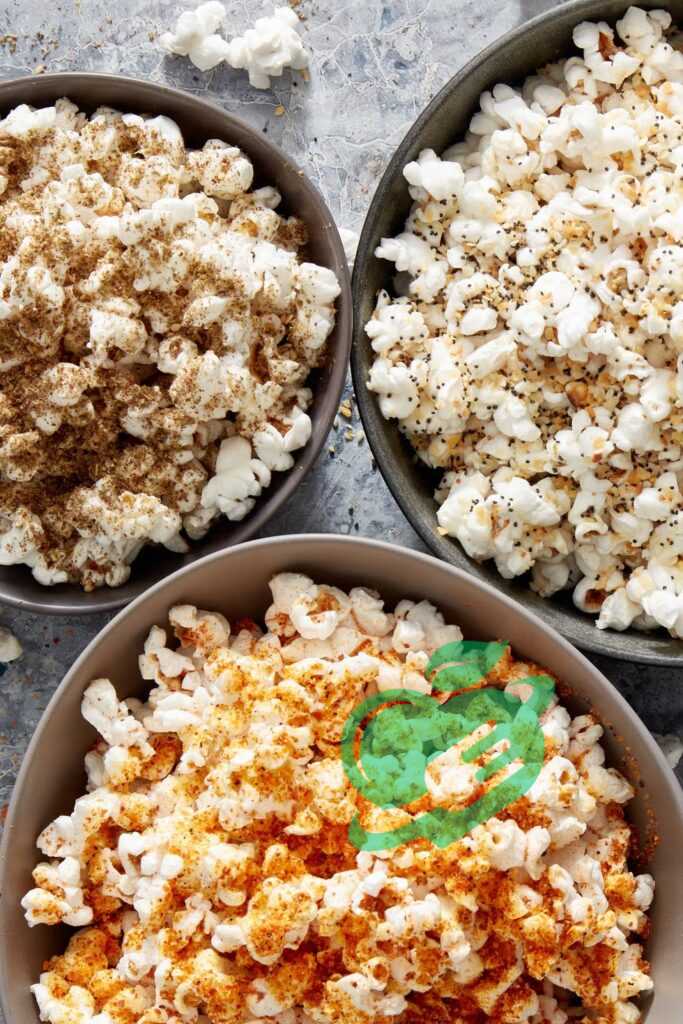
Homemade Fiber Snack Recipes
Exploring homemade fiber snack recipes can be both fun and fulfilling, allowing individuals to have control over ingredients and flavors. Not only do these snacks provide the fiber needed for healthy digestion, but they can also be quickly made at home with minimal effort. Let’s dive into three delicious recipes that are sure to satisfy both hunger and health goals.
Chia Seed Pudding
Chia seed pudding is a fantastic way to incorporate fiber seamlessly into your diet. These tiny seeds expand significantly when soaked, resulting in a creamy, delightful treat. Ingredients:
- 1/4 cup chia seeds
- 1 cup almond milk (or any milk of your choice)
- 1 tablespoon honey or maple syrup (optional)
- Fresh fruits or nuts for topping
Instructions:
- In a bowl, combine chia seeds, almond milk, and sweetener if desired.
- Stir well and let it sit for about 10 minutes, then stir again to prevent clumping.
- Refrigerate for at least two hours or overnight.
- Serve chilled, topped with fruits, nuts, or granola.
This fiber-packed pudding can be customized with various flavors like cocoa powder or vanilla extract.
Trail Mix with Dried Fruits and Nuts
Homemade trail mix is a quick, grab-and-go snack that is also high in fiber. All it takes is a combination of your favorite nuts and dried fruits. Ingredients:
- 1 cup mixed nuts (almonds, walnuts, cashews)
- 1/2 cup dried fruits (cranberries, raisins, apricots)
- 1/4 cup seeds (pumpkin or sunflower seeds)
- A pinch of sea salt (optional)
Instructions:
- Mix all ingredients in a bowl.
- Store in an airtight container for easy access throughout the week.
This trail mix is customizable depending on taste preferences and offers energy-boosting fiber on hikes or busy days.
Avocado Toast with Whole Grain Bread
Avocado toast is more than just an Instagram-able meal; it’s a nourishing option that’s simple to prepare while being rich in fiber. Ingredients:
- 1 slice of whole-grain bread
- 1 ripe avocado
- Salt and pepper to taste
- Optional toppings: cherry tomatoes, radishes, or an egg
Instructions:
- Toast the whole-grain bread until golden brown.
- Mash the avocado in a bowl and season with salt and pepper.
- Spread the avocado mixture on the toasted bread and add optional toppings.
This satisfying snack combines healthy fats and fiber, making it a delicious option for breakfast or a mid-day pick-me-up. Crafting these homemade snacks not only ensures fiber intake but also allows for creative expression in the kitchen. With these recipes in hand, anyone can enjoy tasty and nutritious fiber snacks that are easy to make!
Read also: Bake Better with Our Whole Grains Bread Guide
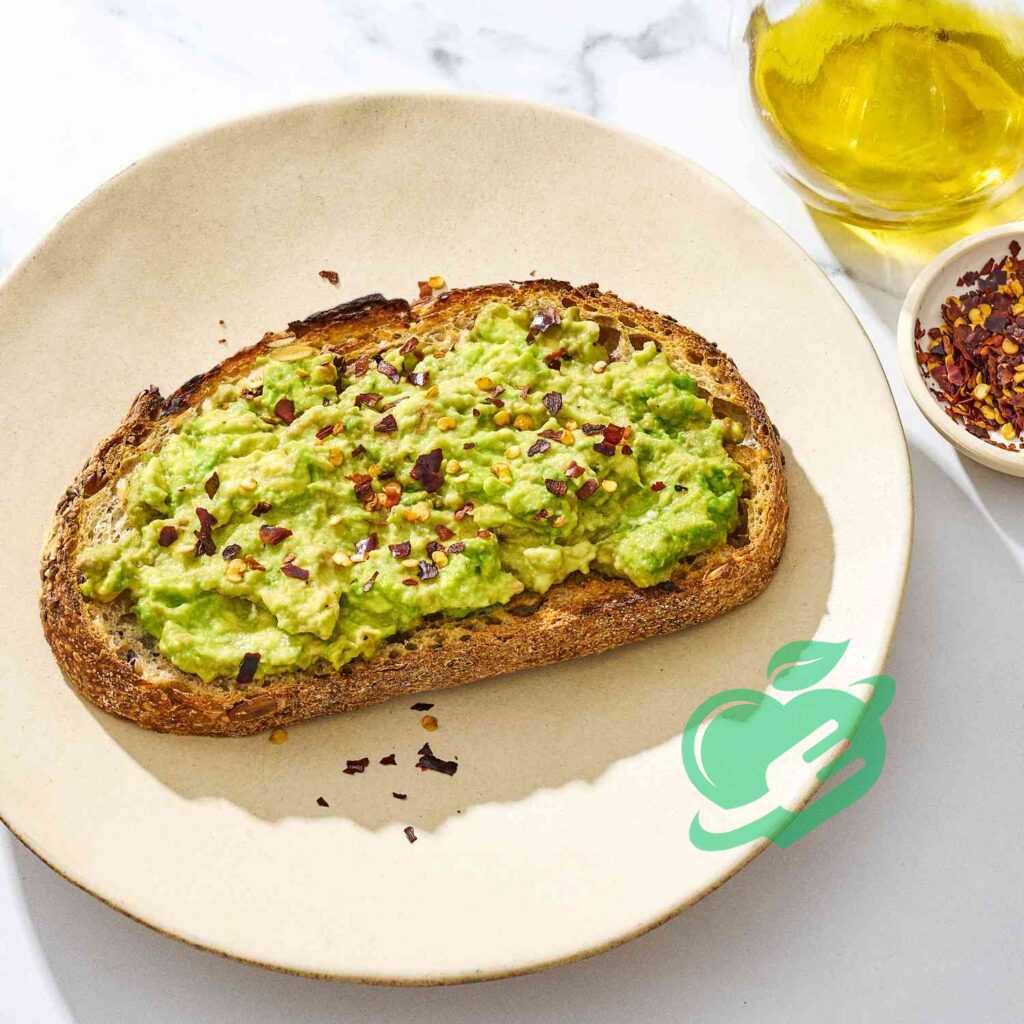
Incorporating Fiber Snacks into Daily Diet
Integrating fiber snacks into one’s daily diet doesn’t have to feel overwhelming. With a few strategic choices and planning, it can become an enjoyable and beneficial routine. Let’s explore how to easily weave these snacks into everyday life.
Meal Planning with Fiber Snacks
Meal planning is a game-changer when it comes to ensuring fiber is part of the routine. By setting aside time each week to plan meals and snacks, individuals can avoid the last-minute rush that often leads to less nutritious choices. Some simple steps include:
- Create a Weekly Menu: Dedicate a day to map out meals, including breakfast, lunch, dinner, and snacks.
- Incorporate Fiber Snacks: Choose at least one fiber-rich snack each day. For instance, you might plan for chia seed pudding on Mondays and trail mix midweek.
- Prep in Batches: Prepare snacks like homemade trail mix or chia seed pudding in larger amounts, dividing them into serving sizes for the week.
Having these snacks ready means less temptation for unhealthy options.
Tips for Choosing Fiber-Rich Snacks
When shopping for fiber-rich snacks, it’s essential to be mindful of selections. Here are some helpful tips:
- Read Labels: Aim for snacks that provide at least 3-5 grams of fiber per serving.
- Whole Foods Focus: Opt for unprocessed options like fruits, vegetables, whole grains, and nuts which naturally contain fiber.
- Be Aware of Added Sugars: Many snacks on the market are marketed as healthy but can contain high amounts of added sugars. Always check the ingredient list.
Taking the time to choose wisely can lead to better health outcomes.
Portion Control and Moderation
While fiber snacks are beneficial, moderation is key to enjoying their advantages without overdoing it. It’s easy to consume more than intended, especially with calorie-dense snacks like nuts. Consider these strategies:
- Pre-portioned Bags: Fill small containers or bags with your chosen snack to manage portions easily.
- Mindful Eating: Focus on the experience by reducing distractions during snack time. This can enhance satisfaction and help recognize fullness cues.
- Balance with Other Foods: Incorporate a variety of snacks, mixing in low-calorie, high-fiber options with higher-calorie sources to avoid excessive intake.
By intentionally planning and enjoying fiber snacks in moderation, individuals can promote a healthier lifestyle. With these strategies, fiber becomes a delightful and integral part of daily eating habits!
Read also: Avocado Protein: The Superfood You Need Now
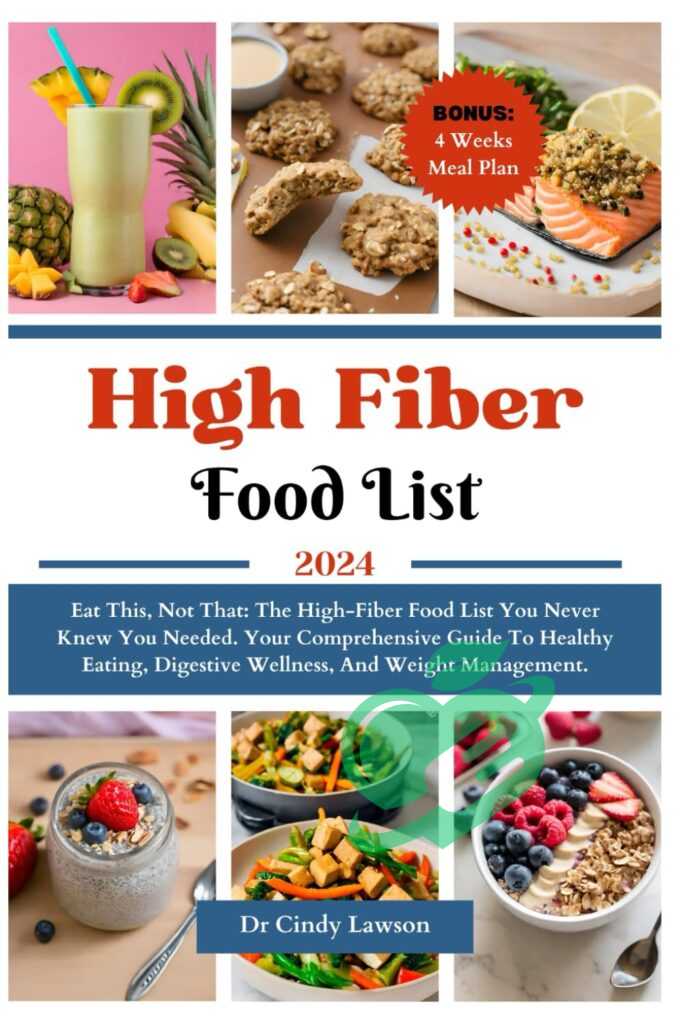
Effect of Fiber Snacks on Digestion and Weight Management
Fiber snacks not only enhance snacking satisfaction, but they also play prominent roles in digestion and weight management. By understanding how fiber interacts with our bodies, individuals can make smarter choices that benefit their overall health.
Role of Fiber in Digestive Health
Fiber is a true champion when it comes to digestive health. It comes in two varieties: soluble and insoluble, both contributing significantly to gut function.
- Soluble Fiber: This type dissolves in water to form a gel-like substance. It can help slow digestion and nutrient absorption, which is beneficial in controlling blood sugar levels. Foods that contain soluble fiber include oats, apples, and beans.
- Insoluble Fiber: Found in whole grains, nuts, and vegetables, insoluble fiber adds bulk to stool and helps it pass more easily through the digestive tract. This can prevent constipation and promote regularity.
For example, when someone has a fiber-rich snack like popcorn or a handful of almonds, they are not only satisfying their cravings but also giving their digestive system the boost it needs to function efficiently.
Impact of Fiber on Satiety and Weight Control
Fiber is also critical for managing weight due to its powerful impact on satiety—the feeling of fullness after eating. Adequate fiber intake can help individuals feel satisfied longer, thereby reducing the likelihood of overeating. Some key ways fiber aids in weight control include:
- Slower Digestion: High-fiber foods take longer to digest, which can prolong feelings of fullness. This means that a fiber-rich snack like a chia seed pudding paired with fruit keeps hunger at bay for extended periods.
- Lower Calorie Density: Many fiber-rich foods are low in calories but high in volume. This allows individuals to enjoy larger portions without exceeding daily caloric needs.
By making fiber a priority in snacks, people not only foster a healthy digestive system but also support their weight management efforts. Healthier choices, paired with satisfaction, create a powerful combination for overall well-being. With the added benefits of fiber, snack time becomes an opportunity for nourishment rather than just a means to fill the stomach.
Read also: Satisfy Your Cravings: 20 Healthy Snacks That Won’t Sabotage Your Diet
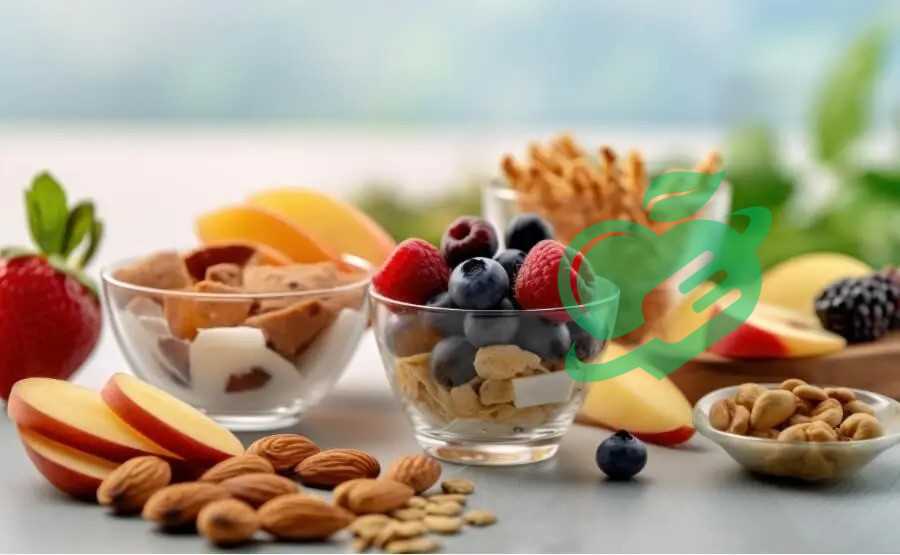
Potential Risks and Considerations
While fiber snacks are a fantastic addition to a healthy diet, it’s important to be aware of potential risks and considerations. Understanding these can help individuals fully enjoy the benefits without encountering unwanted issues.
Overconsumption of Fiber Snacks
As with many things in life, moderation is crucial—even with fiber. While fiber has numerous health benefits, consuming it in excessive amounts can lead to discomfort and digestive issues. Some common effects of overconsumption include:
- Bloating and Gas: An influx of fiber, particularly from legumes and beans, can result in excessive bloating and gas production.
- Diarrhea or Constipation: Too much fiber, especially if introduced suddenly into someone’s diet, can throw off regular bowel habits. It’s essential to increase fiber intake gradually to allow the digestive system to adjust.
- Nutrient Malabsorption: Extremely high fiber intakes can potentially interfere with the absorption of certain essential nutrients. For instance, fiber binds with some minerals, making them less available for the body to use.
To avoid these issues, aim for a balanced approach, incorporating a diverse range of fiber-rich foods while staying within the recommended daily intake of about 25 grams for women and 38 grams for men.
Allergies and Sensitivities to Fiber-Rich Foods
Another important consideration is the potential for allergies or sensitivities to specific fiber-rich foods. While rare, some individuals may experience adverse reactions to certain sources of fiber. For example:
- Nuts and Seeds: These are common allergens, and for someone with a nut allergy, consuming high-fiber snacks like trail mix can pose serious risks.
- Gluten Sensitivities: Whole grain products may trigger symptoms in those with gluten intolerance or celiac disease. These individuals must opt for gluten-free alternatives that are also high in fiber.
It’s a wise move to monitor your body’s reactions to new snacks, especially fiber-rich options. By listening to your body, you can make better dietary decisions while still enjoying the wide array of flavors that fiber snacks offer. Knowledge is key when navigating health; with the right awareness, fiber can be a beneficial addition to any diet, enabling individuals to reap its rewards without encountering pitfalls.
Read also: Black Seed: The Miracle Cure You Need Toda
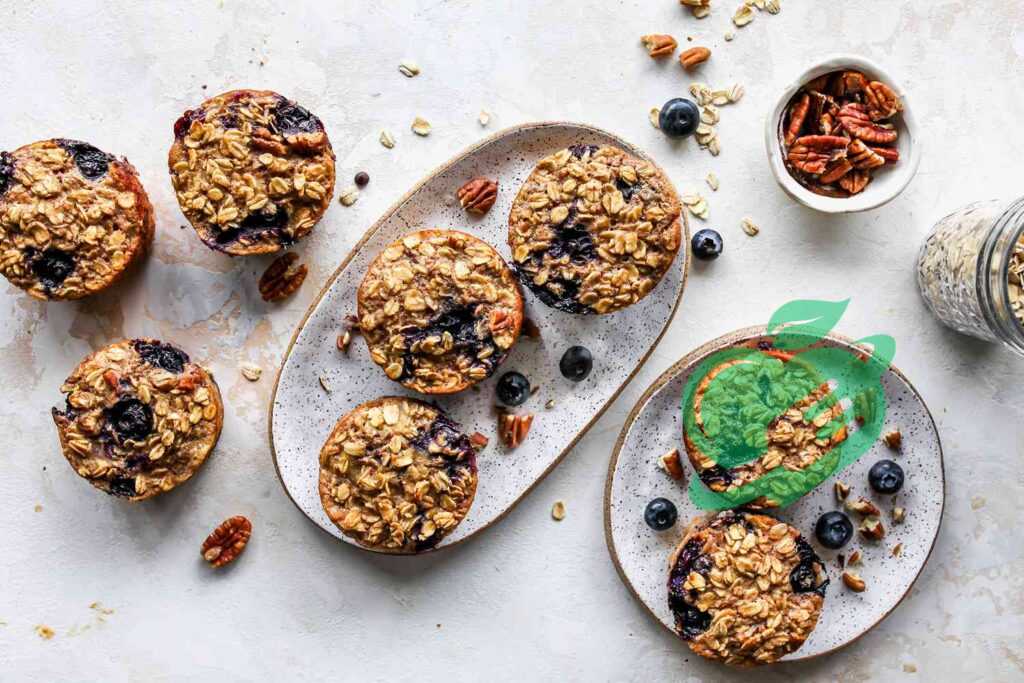
Key Takeaways
As we conclude our exploration of fiber snacks, it’s clear that integrating them into a daily diet can yield significant health benefits. From improving digestion to supporting weight management, fiber-rich snacks serve not only as delightful treats but also as nutritional powerhouses.
Recap of Benefits of Fiber Snacks
Let’s recap the numerous benefits that come with consuming fiber snacks:
- Digestive Health: Fiber helps maintain regularity and prevent issues like constipation, promoting a healthy gut.
- Weight Management: High-fiber snacks create a sense of fullness, helping control hunger and overall calorie intake.
- Blood Sugar Regulation: Fiber slows the absorption of sugar, aiding in maintaining stable blood sugar levels.
- Heart Health: Many fiber-rich foods contribute to lower cholesterol levels, thus reducing the risk of heart disease.
Incorporating a diverse range of fiber snacks into one’s daily routine not only satisfies cravings but also bolsters overall well-being.
Final Recommendations for Health-Conscious Snacking
To maximize the benefits of fiber snacks, consider these recommendations:
- Choose Whole Foods: Opt for snacks like fruits, vegetables, nuts, and whole grains that are naturally high in fiber.
- Read Labels: When going for packaged snacks, pick options with at least 3-5 grams of fiber per serving, while keeping an eye on added sugars and sodium.
- Plan Ahead: Meal planning can help ensure you always have convenient, fiber-rich snack options readily available.
- Listen to Your Body: Pay attention to how your body responds to different fiber foods and adjust portions accordingly to avoid discomfort.
Frequently asked questions
How to get 30g of fiber a day?
- Wholegrain cereals are a clear option for breakfast.
- According to Prof John Cummings from Dundee University, one of the authors of the study, bananas ought to have a slight green tint.
- Apples.
- Nuts.
- Wholemeal or wholegrain bread.
- Baked potatoes.
- Wholemeal pasta.
- Pulses. 1
Is pasta high in fiber?
Absolutely! It can be included in a healthy diet, and here’s the reason. According to the USDA, two ounces of dried white pasta contain approximately 200 calories, 7 grams of protein, and 2 grams of fiber, as well as iron and B vitamins. If you opt for whole-wheat pasta, you’ll benefit from a slightly higher protein content and at least double the amount of fiber, based on USDA findings. 2
Is pizza high in fiber?
Regardless of their preparation methods, pizzas are generally made with refined wheat flour. This flour contains less fiber, making it less satiating compared to whole-grain flours. Consuming products made from refined grains, including convenience foods like pizza, has been associated with weight gain. 3
Is rice high in fiber?
Fiber. Brown rice typically contains more fiber than white rice, usually offering an additional 1 to 3 grams of fiber per equivalent serving. While fiber is well-recognized for helping with constipation, it also provides several other health benefits. 4
Is banana high in fiber?
Bananas rank among the most favored fruits globally. They make for a quick and nutritious snack option. Packed with essential vitamins and minerals, bananas are also fairly high in fiber, with a medium-sized banana providing roughly 3.1 grams of this nutrient. 5
Is rice better than pasta?
Both pasta and rice can be healthy choices if eaten in moderation and combined with nutrient-rich foods. Nevertheless, when comparing the two, whole-grain pasta is often viewed as the healthier alternative to white rice because it contains more fiber and has a lower glycemic index. 6
Are potatoes better than pasta?
Among rice, pasta, potatoes, and bread, potatoes are the most nutritious option among these starchy foods. They are rich in essential minerals, vitamins, and other important micronutrients. Additionally, potatoes have a high fiber content, which aids in satisfying hunger and maintaining stable blood sugar levels. 7
Are egg noodles healthy?
Are Egg Noodles Nutritious? Egg noodles can provide additional nutrients that standard pasta may not offer, although they may also fall short in certain aspects compared to pasta. However, you don’t need to limit yourself to just one type. Stock your pantry with both for a balanced diet and complement each with vegetables, proteins, and other nutrient sources. 8
Is pasta healthier than bread?
In general, bread may offer slightly more advantages compared to pasta; however, there are significant considerations. Pasta has a low glycemic index (GI) and can provide prolonged energy, but it’s essential to manage portion sizes since individuals tend to consume it in excess. It’s advisable to serve one cup of pasta alongside a salad and a source of protein. 9
Your body is a mirror of what you eat, so make your food your source of strength and health. Choose with love and awareness what nourishes your body and soul, and be a friend of nature and its colors on your plate, because proper nutrition is the key to a life full of energy and wellness. Follow us constantly, as we strive to provide more useful articles and reliable information that make a difference in your daily life and help you achieve your health goals.
For medical matters
- theguardian ((↩))
- eatingwell ((↩))
- healthline ((↩))
- healthline ((↩))
- healthline ((↩))
- edstavernfl ((↩))
- wildgrain ((↩))
- WebMD ((↩))
- tribune ((↩))

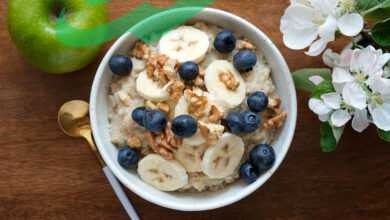
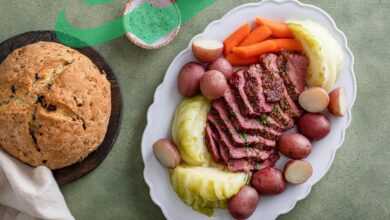
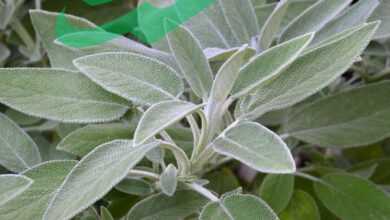
Your point of view caught my eye and was very interesting. Thanks. I have a question for you.
Of course, what is your question?